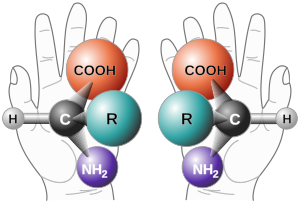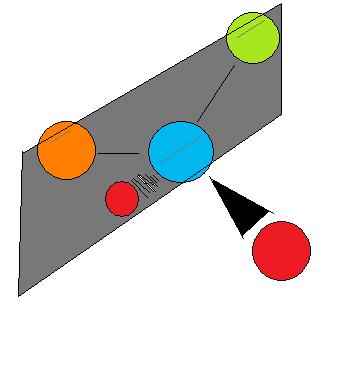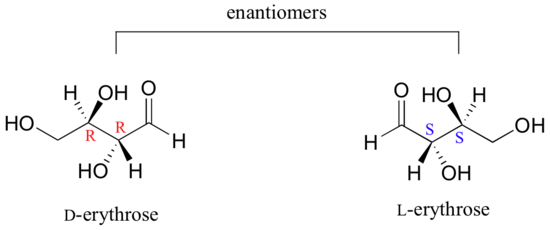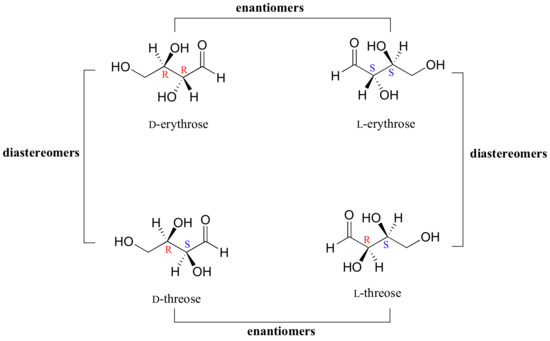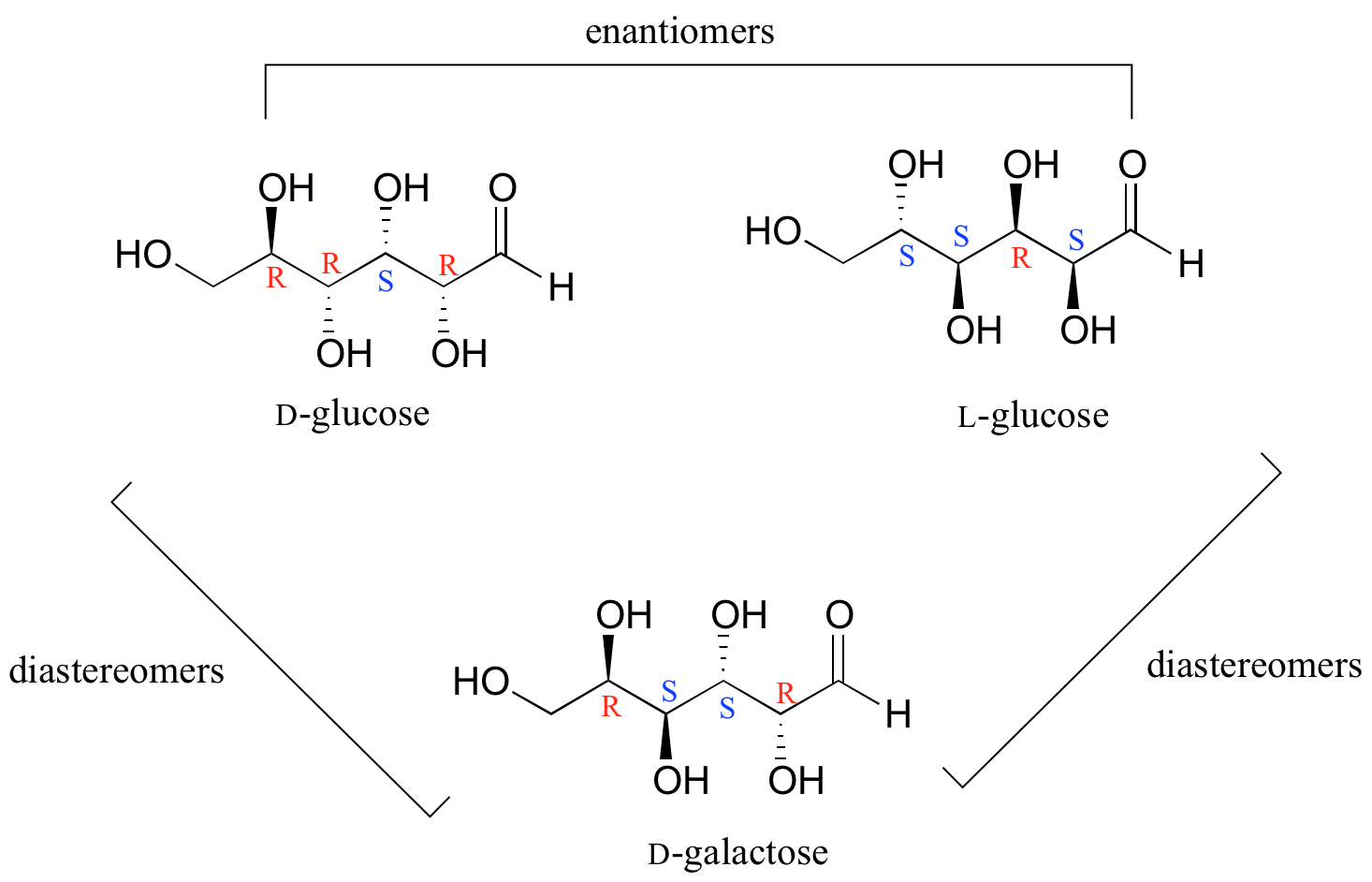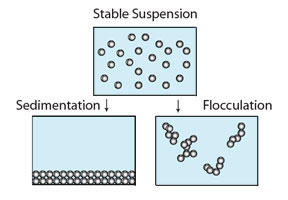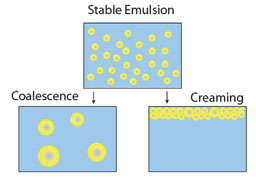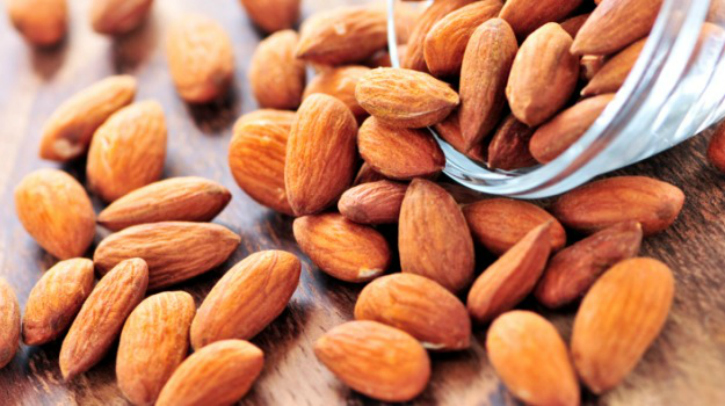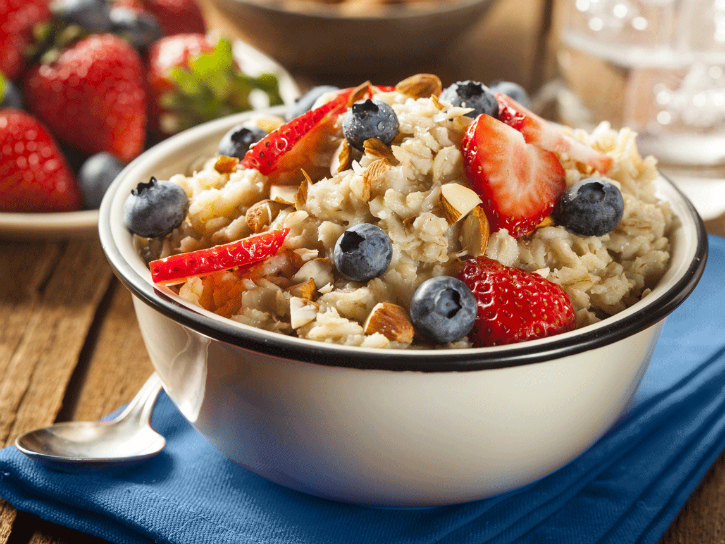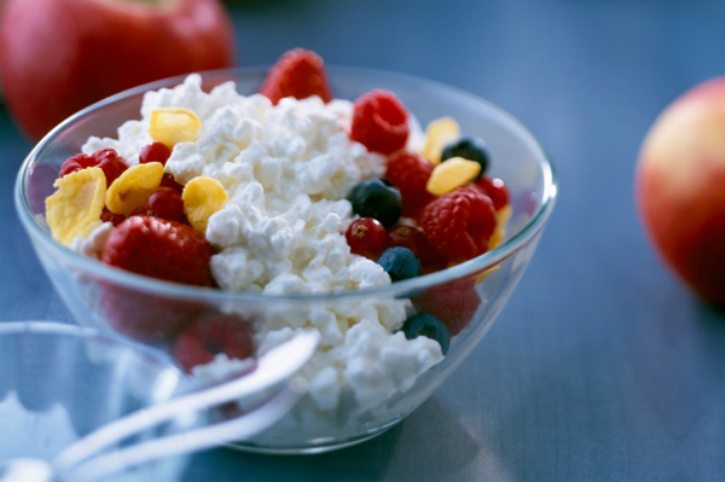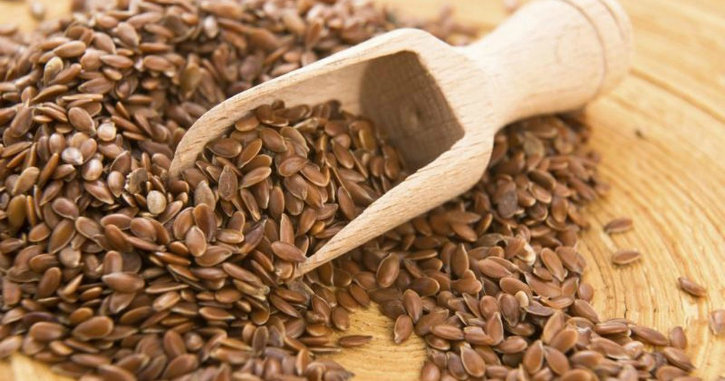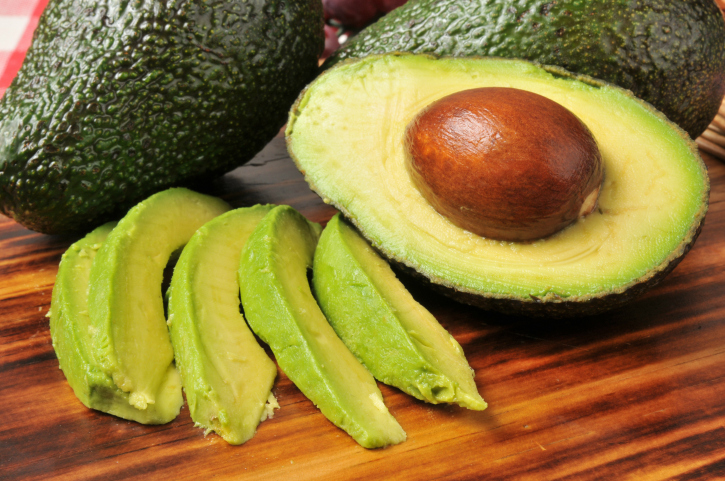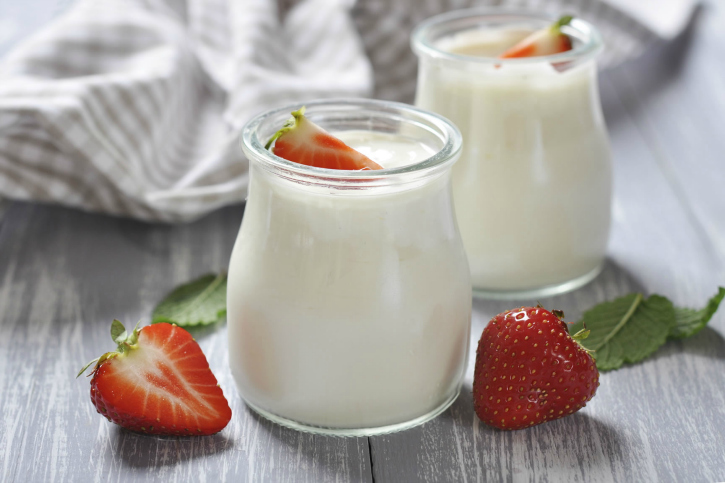The problem today is that chronic stress is forcing our adrenals to remain permanently in the “on” position. Many of us are experiencing prolonged, everyday stress which our bodies were not designed to deal with, and which would never have plagued our hunter-gatherer ancestors. These stressors are everywhere and include work troubles, family pressures, financial concerns, commuting frustration, relationship issues and environmental toxins from things like exhaust smoke, VOCs from our homes and chemicals in our food and personal products. These everyday things which we take for granted are telling our brain that we are under constant pressure, which then forces our adrenals to keep producing more and more of these stress hormones to “deal” with the problem.
The result is adrenal fatigue, which can lead to major health issues like excessive weight gain, chronic tiredness and compromised immunity. If you’re on of those people I described above, the ones who are constantly plagued by stress, chances are you have adrenal fatigue, and chances are it’s really impinging upon your health and happiness. Here are 11 signs to look out for.
1. Trouble sleeping
Not only are you having trouble falling asleep even though you’re tired, you’re also having troublestaying asleep. People with adrenal fatigue have trouble attaining sufficiently restful sleep and so their body becomes even more ravaged over time.
2. Rapid mood swings
Adrenal fatigue can run rampant with your emotions and is most often associated with people who get irritated easily or are quick to anger. Sometimes these people might not even know why they got angry in the first place, and have difficulty curbing their negative feelings once they’ve been unleashed.
3. Feelings of anxiousness
Interspersed with those rapid swings could be periods where you’re beset with unfathomable depression or anxiety. That’s the cortisol working its wily ways on your brain.
4. Food cravings
A classic symptom of adrenal overload is the production of excessive levels of blood sugar and insulin, leading to insulin resistance (the precursor to diabetes). This resistance causes us to be at the mercy of frequent and strong sugar, salt and fat cravings. Next time you find yourself reaching for those sugary snacks, think why you crave them in the first place!
5. Weight gain
Exercising regularly, eating well but still gaining weight? A little more cushion around the midriff or rump could signify that you have adrenal fatigue, on account of that insulin resistance I talked about previously. Plus all that exercising is only going to stress your adrenals out more, exacerbating the situation.
6. A bad case of 3.30itis
Do you find yourself getting really tired between 3 and 4 in the afternoon or gravitating towards the coffee machine? This is one sign that you could be suffering from adrenal fatigue.
7. Lowered immunity
If you find yourself succumbing to colds and the flu more often than you used to, you’re having a lot more trouble recovering from being sick, or your cuts and scratches become infected easily, you could be suffering from adrenal fatigue.
8. Reduced digestive capacity
Another symptom of adrenal overload or fatigue can manifest itself in compromised digestion. This can involve increased intolerance to foods, gas, bloating or cramps after eating, and regular constipation or difficulty moving your bowels.
9. Hormonal imbalance
You’re thinking, “well duh!” but the chronic and excessive production of those stress hormones can imbalance the production of other vital hormones in your body. This can result in issues like infertility, lack of libido, intense acne breakouts and thyroid problems.
Suffering from gaps in your memory, or struggling to cram in extra information at work or study? It could be on account of exhausted adrenals.
11. Dark circles under your eyes
While it’s true that adrenal fatigue can affect your sleep, dark circles under your eyes are in large part due to a disruption in blood circulation — something that can be caused by the dehydration and emotional stress of adrenal fatigue.
How to fight adrenal fatigue
Unfortunately, there’s no “magical cure” or wondrous supplement which can treat your adrenal fatigue and get your body back into the groove of things again. That’s the bad news. The good news is that allowing your adrenals to recuperate is simpler than you might have thought. It involves simply taking time out, time away from your fast-paced life and a break from the constant stress of work, money and life in general.
Consider taking up meditation, cultivating mindfulness and embracing constant movement throughout your day. All of these practices can provide some much-needed relaxation time both for your body and your brain, briefly halting those stress signals being constantly sent from your brain to your adrenals and allowing them to recharge.
Other big things you can do to help your adrenals is getting plenty of sleep, eating filling, wholesome meals while avoiding sugary or sodium-rich snacks and cutting back on your caffeine intake. Keep in mind that exercise is good, but too much can harm your adrenals even more, as intense and prolonged exercise promotes the production of cortisol which, as we know, puts pressure on the adrenals. Look after your body and your adrenals will thank you!




